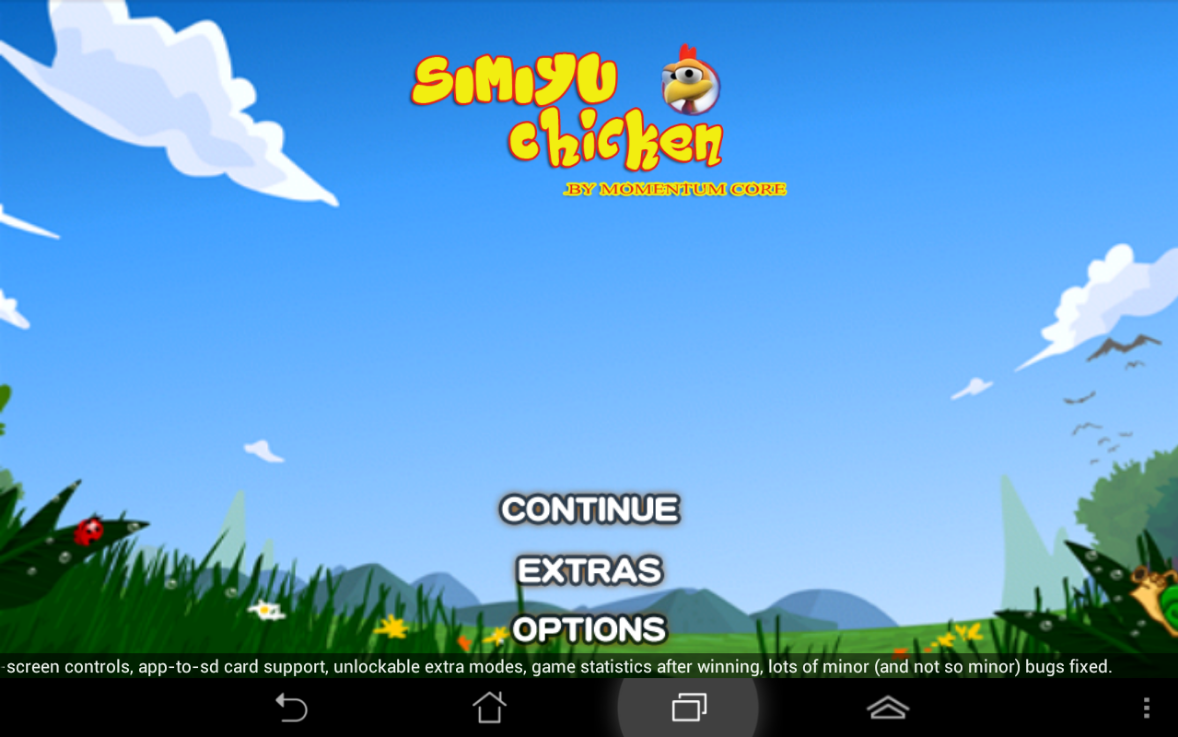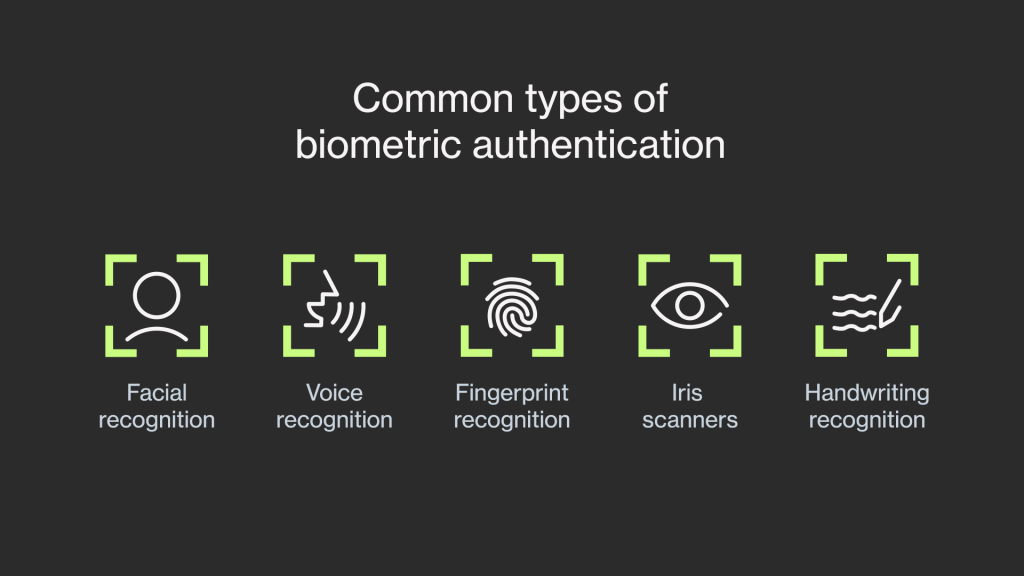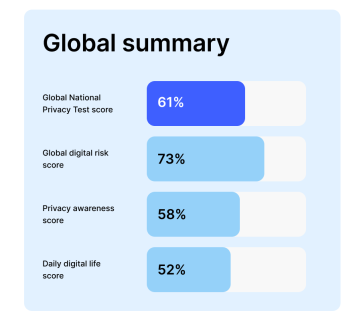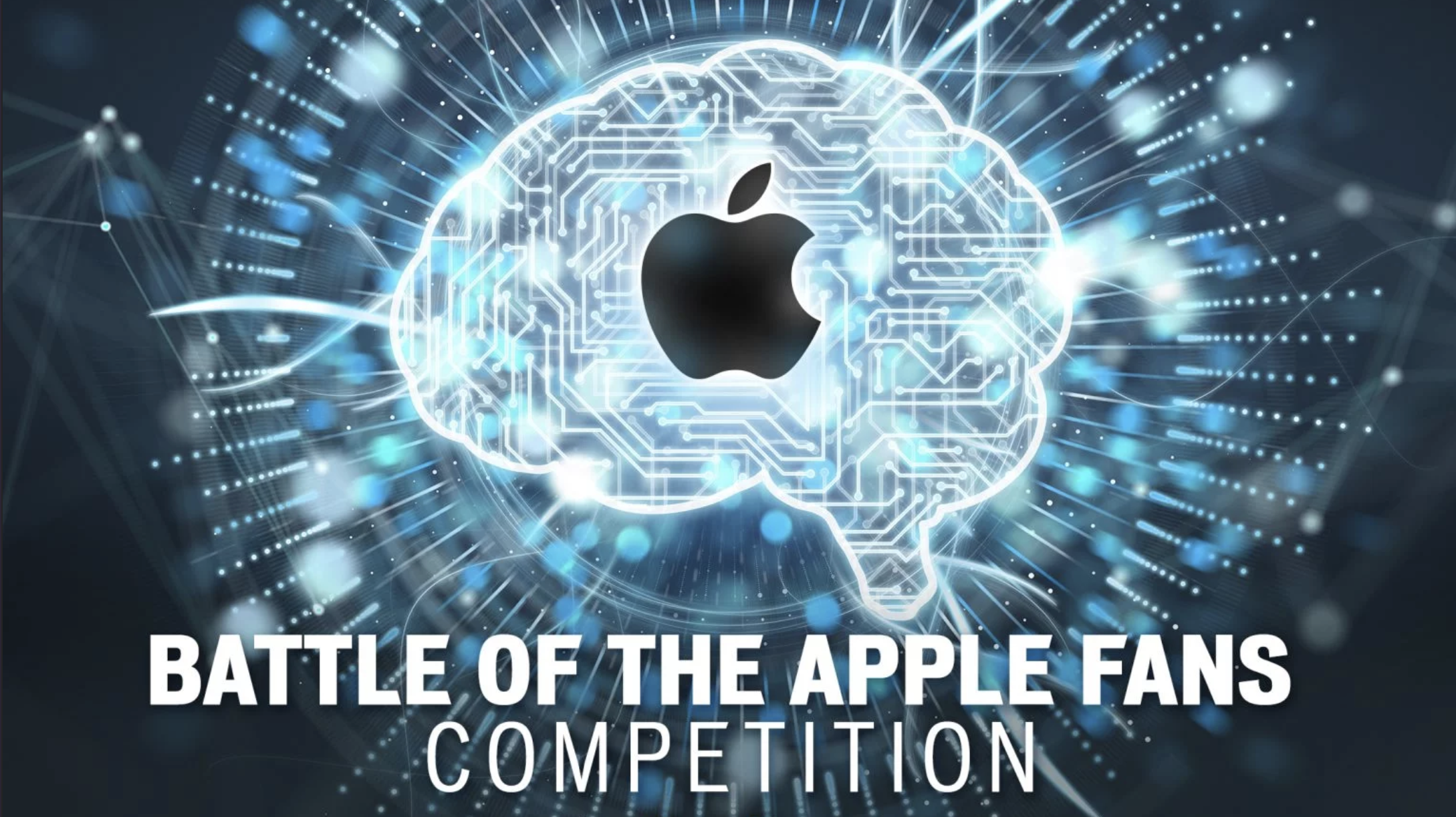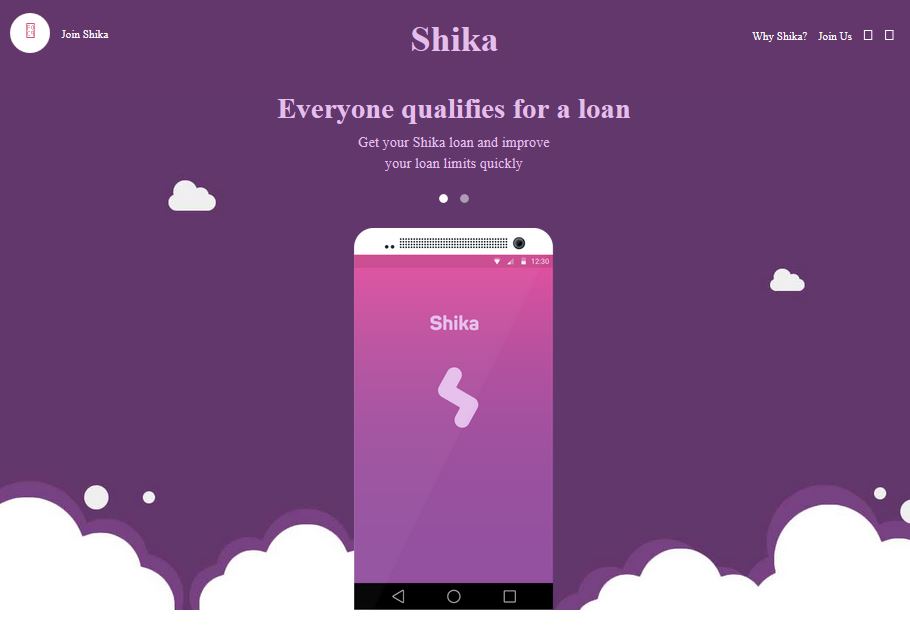We recently spoke to developers of the Simiyu The Chicken Game in a short interview we had with them:
George Murage: Explain a little bit about your project (what are you working on with Intel East Africa) and why you think it is relevant.
Dennis Riungu: Our project is a game, named Simiyu The Chicken. As obvious as it is, the name was a strategic wisp for the all-important localization and marketing job at the end of every product development. Simiyu The Chicken is a fun Android game that any person of any age can play. The overall gameplay is to collect 3 hidden gems at every level to advance to the next level while collecting some eggs on the way and battling enemies of Simiyu The Chicken. The game is available on Google Play Store for Android phones.
Initially this game was created as a Dalvik Android application. Let’s say Dalvik is what Android apps run on in Android phones. These are apps created to target a Java framework. However, for our app, being a game meant it required to consume a lot of phones resources in form of power due to use of so much processor time and screen animations. The game is in 2D.
We had a lot of success with that but after the launch with Intel East Africa in Kenya in 2013, we were introduced to a lot of Intel development tools that radically change the tasks of development. Some of these tools are the Intel XDK which allows creating apps targeting all the phone platforms and the Intel NDK which allowed developers to use native code (C/C++ and somewhere there I heard Assembly Language) to develop phone apps. That was Golden reason being; these native languages allow you to target a specific hardware so that you can take full advantage of its resources in a manageable and optimized manner. On the user’s side, it means the app runs faster and so much smoother. Intel went ahead to introduce devices running under the Intel x86 processor and this would later become our target.
We took up the opportunity and participated in the Intel Codefest which was held at the iHub, Nairobi, in December of 2013. The team from Intel worked with the developers to help the transform their Android applications to native applications that target the Intel processor. At the end of the day, we presented our now transformed app using C++ language and became winners of the Codefest. This gave us an opportunity to work with Intel East Africa to further optimize our game and also lead to an opportunity to travel to Barcelona, Spain for a whole week during the 2014 Mobile World Congress where we did a demo of the app.
Moving forward, we were privileged to work under the guidance and organization of Fredrick Odhiambo from Intel who provided for us test devices, technical assistance, technical reviews, deadlines to beat and weekly reviews of the game progress. He became our mentor. It was a tough schedule especially with our own school schedule, but it made it even more fun. We have since learnt a great deal of professional workmanship and the art of time keeping, while working under the guidance of Fred.
We also participated in the Intel Shark tank event and became overall winners of the competition, earning us an opportunity for a $5000 marketing deal with Intel. This has made it necessary for us to change our whole development/marketing strategy in view of this new opportunity. The opportunity accorded to us by Intel is amazing, and we wish to sustain this relationship to even higher grounds. We aim to make the 40 fun levels of Simiyu The Chicken a successful Kenyan entrepreneurial story.
George Murage: How has being able to optimize for Intel architecture helped you? What have you learned by doing this?
Dennis Riungu: Optimizing for Intel architecture meant that we will now be able to more target devices available on Google Play Store. Target is all a developer wants as it normally means a larger market share. We also get very useful resources online through the Intel Developer zone. The software Intel provides concerning development of this game is free. This helps us then focus on the actual development instead of looking for expensive developer resources.
GM: What has changed since you started working on optimization on the Intel hardware?
DR: Much of what changed is that we started looking at the bigger picture: a smoother faster game, and marketing opportunity. Our developer team now pays a very close attention to the C++ language. We have also created higher resolution sprites for our games since they can now be run on a phone running the Intel processor and without straining it.
GM: Do you use any SDKs in your software development? If yes, which ones?
DR: Most of our games are products of the Eclipse IDE. This, according to us, is the best when it comes to manipulating applications around the Java platform. We also run the Android Development kit (ADT) on top of Eclipse.
The Intel Native Development Kit (NKD) also runs on top of Eclipse. It is what we primarily used to develop Simiyu The Chicken. Some of the developers in our team also take advantage of the Microsoft C++ compiler so they are well accustomed around the Visual Studio IDE.
For HTML 5 apps we have the Intel XDK, Phonegap(Cordova) and Game Salad.
GM: Kindly explain why you use that which you use above.
Eclipse is free and it has all the features we require, so is the ADT, NDK and the XDK. Visual Studio offers a superior C++ editor and the Microsoft compiler is also great and Visual Studio is really fast thus you work faster. It may not be free but we have obtained product coupons from Microsoft through BizSpark.
GM: You recently attended the Mobile World Congress in Barcelona. What insights did you get form there in terms of development and how does it make you a better developer?
DR: The experience in Barcelona was intense on many ways. It was a meeting place for ‘who-is-who’ in the mobile industry. I meant great developers at my booth who always made comments about the game. It was either about the resolution, the choice of name, the idea of it, the platform it runs on, its fuss and so much more. I think we call that feedback. And I brought it back for my development team back in Kenya. We have since listed some of these feedback statements and started working the game around them, to achieve a global audience for the game.
I made lots of friends as well, most of them developers whom we now communicate. The talk is generally about game development in general. Some of them are real professionals and any advice from them is golden. We also now work with one of them to create rich 2D sprites.
I met the Intel team too and these guys are great. They are so happy with their job, and they know how to do what they do with a touch of excellence! At the booth I created conversations with as many of them as I could and they were helpful in providing great insight about Intel and its products. At the Intel Dinner I also had a very lengthy chat with Kevin, the head of the Intel XDK and he shared how he and his team were working on making the Intel XDK be the next best tool for HTML 5 game developers, like my team. I cannot wait.
I also liked the Catalonian train system. It is seamless, and if as a visitor I could travel around this great city without personal assistance or getting lost, it was well planned! I likened their stations and trains to a great Ui(User Interface) and Ux(User Experience) on a mobile phone app where you own everything you see on the screen, and well directed navigations. It is what we now wish to achieve in our current and future apps at Momentum Core, starting out with Simiyu The Chicken.
GM: What advantage does one working on Intel architecture have over someone working on any other architecture? Basically an indication of why it is important to consider what you’re building for/on when doing development work.
DR: Much emphasis goes to Intel Developer Zone. This is the place to get all the tools, forums, and support on Intel software and tools. Here, you get tools like Beacon Mountain, XDK, and so many more that are free. For us as students, free cannot be relative, it is an absolute blessing.
Targeting Intel architecture also means you are targeting all the 4 major processor types for the devices available for Android. More downloads. This is against targeting only them ARM processor when you develop your app normally though the ADT.
The support from the IDZ is amazing. Fortunately for Kenyan developers, the support is available in person since the team at Intel Kenya has always been available to assist us with our task. They also run major events around Kenya to train and recognize developers. This is how good it gets.
Much of our assistance directly came from Fred, who we are working with until now, and looking forward to an even more exciting work, moving forward.
GM: Any more info you feel like you want to share in relation to these questions.
DR: It is amazing working with Intel. Their new devices like the Asus fonepad, the Lenovo K900, San Diego, YOLO and many more are all great to use. We have tested all our games on them and they run superbly! We definitely look forward to more work with Intel! We also made it part of our work to sensitize our fellow developers to start utilizing these great developer tools and devices as well.

